#Rugosa hips
Photo

Rosa rugosa — rugosa rose
8 notes
·
View notes
Text
Side Dish Recipe

Since the rose hips in this jam aren't cooked, the jam is fresh and sweet and still has a vibrant rosy-orange hue. Use pesticide-free rugosa rose hips that are either wild or grown.
0 notes
Photo
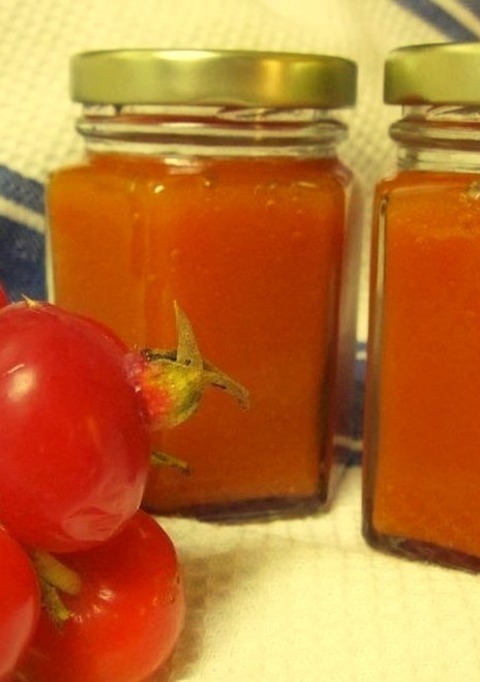
Recipe for Rose Hip Freezer Jam
Since the rose hips in this jam aren't cooked, the jam is fresh and sweet and still has a vibrant rosy-orange hue. Use pesticide-free rugosa rose hips that are either wild or grown.
0 notes
Photo

Side Dish - Rose Hip Freezer Jam
#Since the rose hips in this jam aren't cooked#the jam is fresh and sweet and still has a vibrant rosy-orange hue. Use pesticide-free rugosa rose hips that are either wild or grown. jam#freezer jam#cup#rose hips#color#part#rugosa roses
1 note
·
View note
Text

totally hip..
rosa rugosa out standing in its field..
266 notes
·
View notes
Text
What is my tea even going to taste like?
Ok, so I can't plant like...actual tea, or ginger, or cinnamon, or anise, or cloves. And I don't like chamomile, echinecia or lavender.
So what kind of tea can I garden?

My main ingredient is gonna be New Jersey Tea. Fresh, this tastes like wintergreen which...no thanks. BUT dried, which is the main way I would use it, it's supposed to taste like black tea, but kind of smokey with hints of cinnamon and orange. So far so good.
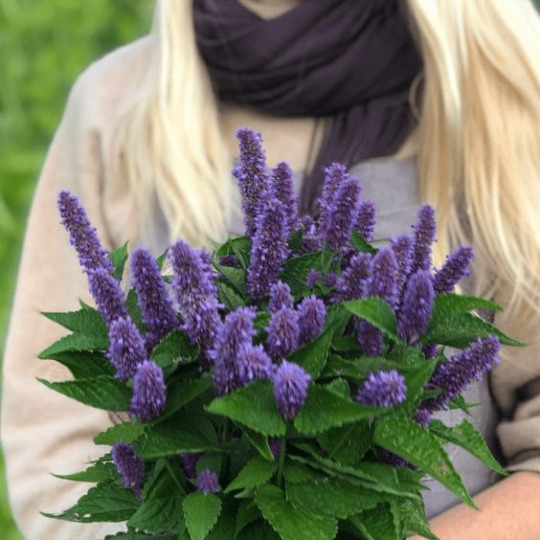
Anise Hysop is meant to taste like mint with anise (licorice) notes.

Geum tastes like cloves and a little bit like cinnamon.

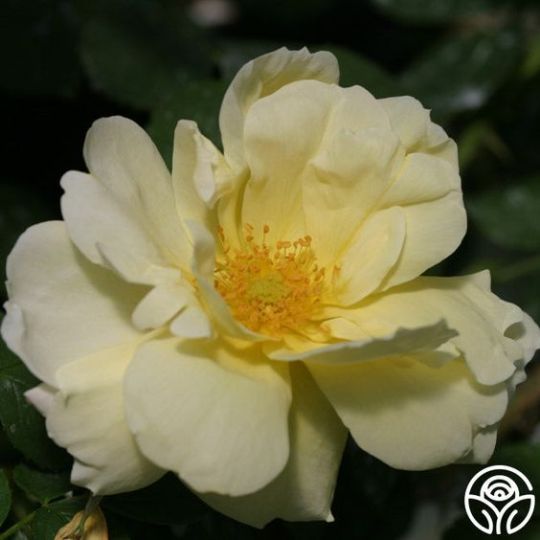
Rugosa roses have the most flavor of all the rose hips, supposedly, and taste lightly floral and also like citrus.

Lemongrass tastes like mild citrus with a hint of ginger.

Safflower: mellow, slightly nutty taste, but makes your tea pretty and adds a bit of base-note flavor.

Bee Balm: like a particularly refreshing mix of mint, basil and oregano.


Honeysuckle: Ok, so they say Japanese honeysuckle is the kind you ought to make tea out of for the best flavor. But it's wildly invasive, and we have highly scented native varieties that work with my color scheme, so we'll be going with those. I've read that it actually tastes like a floral-leaning green tea with sweet aftertaste, and some people say there's hints of vanilla in there, to.
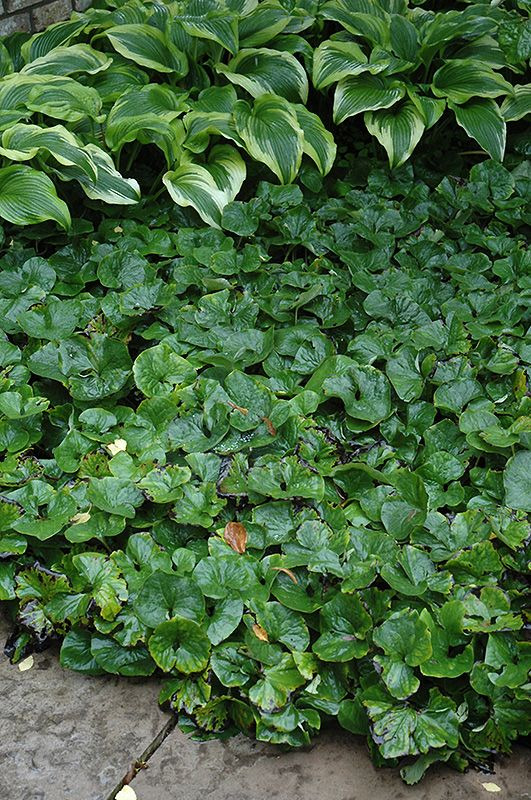
I'm also hoping to put some Canadian wild ginger into the garden once it establishes- but it's a very sunny spot, so I have to wait for the other plants to establish well enough to bring this plant the shade it needs. This is supposed to taste a lot like tropical ginger, but without the spicy notes. (Note that this plant shouldn't be straight up eaten. It does contain toxins if you're gonna nosh it instead of briefly soaking it in water. Don't forage something and then get mad at me.)
All in all, I feel like it's going to be a fun experiment to play with the recipe combining these elements into a delicious tea. But the flavors are all there to make this super tasty.
82 notes
·
View notes
Text
I'm pleased to announce that I'm continuing my quest to "eat what I write" – eating and drinking stuff that characters in my book do.
Last time it was pine needle tea. My next Writing Research effort has led me on to rose hips, which can be made into anything from syrup to soup, and which I discovered this morning growing in an overgrown garden down the road. Dog roses are what my characters would forage from, but I've got rugosa instead.

You're meant to wait and pick rose hips after the first frost, but it's July and I highly doubt we're going to see a frost before, like, September, and I'm impatient. So I did a fake first frost for these little guys by sticking em in the freezer for about 12 hours.
They're now defrosted.
*Cracks knuckles* time to tea-ify these hips.
There aren't a whole lot of recipes for tea with fresh rose hips. Most say to dry them, but, again, impatient. I did find a recipe that used fresh rose hips though, so that's what I'm following for guidance.
First step is to use a blender and break up the rose hips while the water is boiling. My characters don't have electricity and won't for [insert reasonable-sounding timeframe here], so I'm using my trusty pestle and mortar.

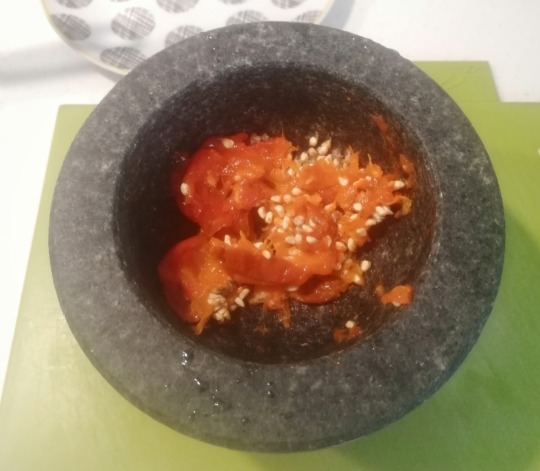
Get pestle'd, idiot.
Now, my characters don't have gas stoves either, but I don't have an open hearth, firepit, or cast iron pot, so this is what I'm going with.

Heat is off, and the rose hips are steeping. Recipe says to steep for anywhere between 20 minutes to overnight. I'll try twenty first and see what happens. (and disclaimer that I'm writing this post while the steeping happens, so I may be back with the results sooner)
23 notes
·
View notes
Text
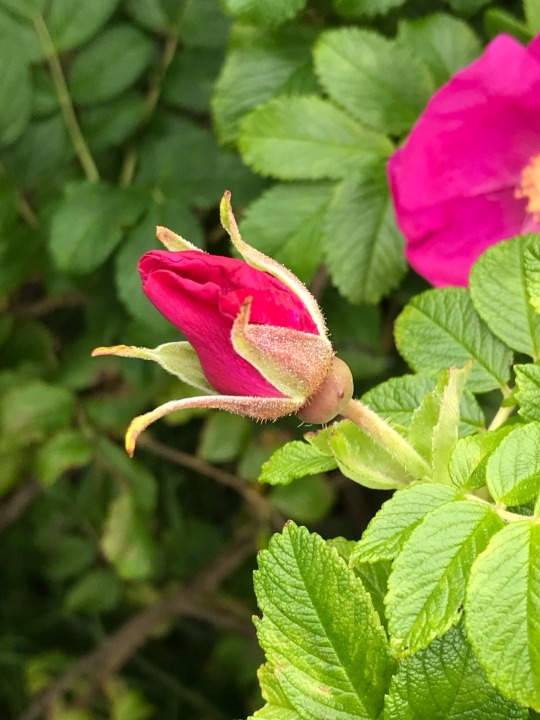


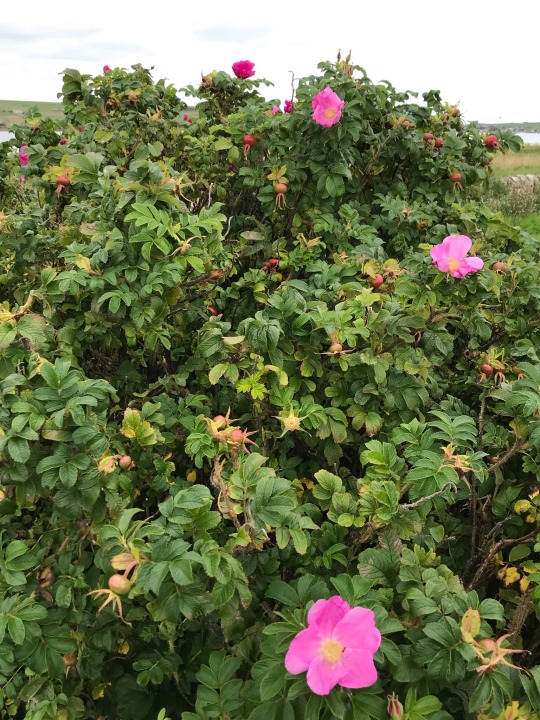
Plant of the Day
Thursday 1 September 2022
The tough growing Rosa rugosa (Japanese rose) will tolerate a range of locations including poor soils and salt laden winds in coastal conditions. This shrub rose produces fragrant pink flowers which are followed by large scarlet hips. The plant can be invasive spreading by underground stems.
Jill Raggett
#rosa#rose#Japaneserose#pinkflowers#shrubrose#fruit#floweringshrub#plants#writtledesign#gardens#horticulture#orkney#garden#roadside
127 notes
·
View notes
Text


After most of a week wandering with my life partner, I am home and trying to get back into the swing of things.
Both of us have childhood memories of the same state but they are VERY different memories - mine of summer vacations on the coast with a gaggle of older cousins, theirs of their school breaks spent in the mountains. For the first time we got to show each other a slice of those moments and it was wonderful. I feel so fulfilled and renewed.
Through it all, the greenery remained surprisingly the same: wild fields of goldenrod and queen anne’s lace, tall bushes of Rosa rugosa that were heavily laden with hips, towering pines, and my lovely friend belladonna. Even in the mountains far from the coast, it was all so familiar.
In the quietude of the middle of nowhere, we got awoken thrice: first by a turkey, again by an insistent owl, and finally by a pack of coyotes passing in the night.
It was so peaceful and I miss it already.
7 notes
·
View notes
Text
Beach Rose
Rosa rugosa is a species of salt and cold hardy old rose, native to coasts of eastern Asia. Magenta or white flowers bloom in summer and its edible hips ripe in autumn. Called hamanasu in Japanese meaning "beach sour fruit", it was introduced to the West from Japan in the 18th century.
12 notes
·
View notes
Photo

These were all taken from my garden today. Here we have amaranthus / love lies bleeding, nasturtium, dogwood leaves, pyracantha / firethorn berries, a rosa rugosa hip, aaaaaand there's actually a small sunflower and some sweet peas in there. I ... may have overfilled the vase, but it's gonna be winter soon, so whatever, might as well go for it!
Posted using PostyBirb
3 notes
·
View notes
Photo
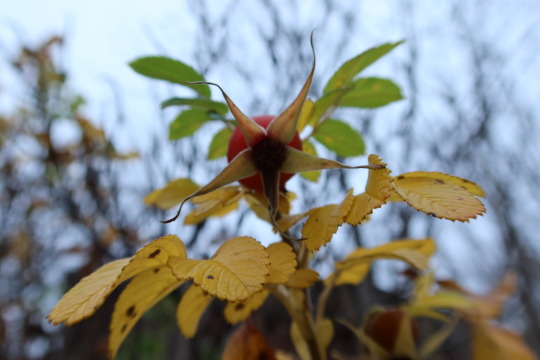
Rosa rugosa — rugosa rose
7 notes
·
View notes
Text
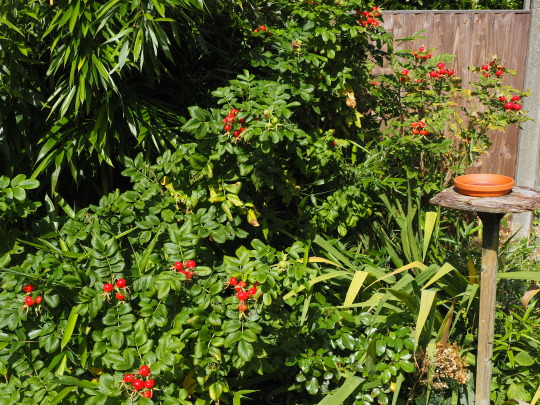

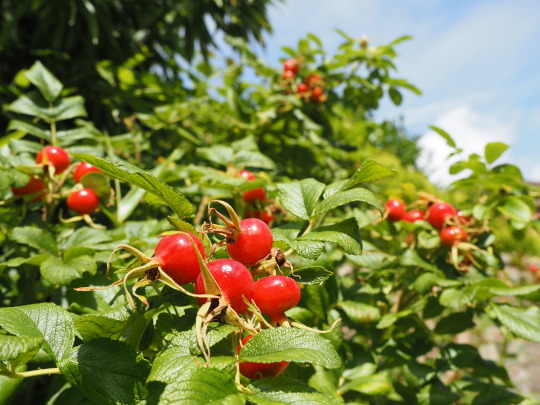


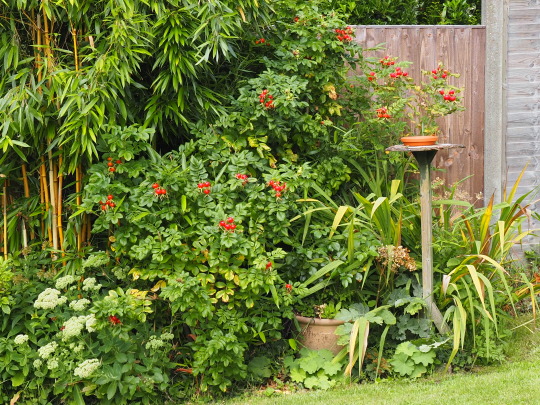




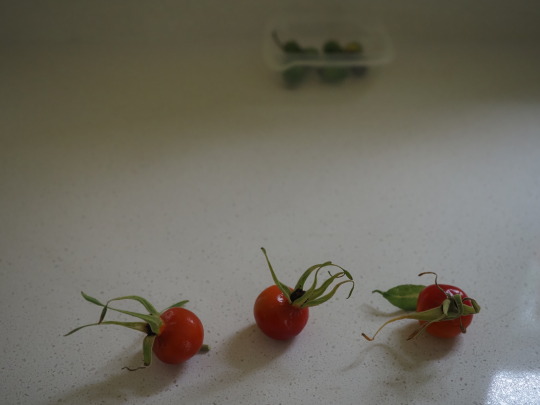
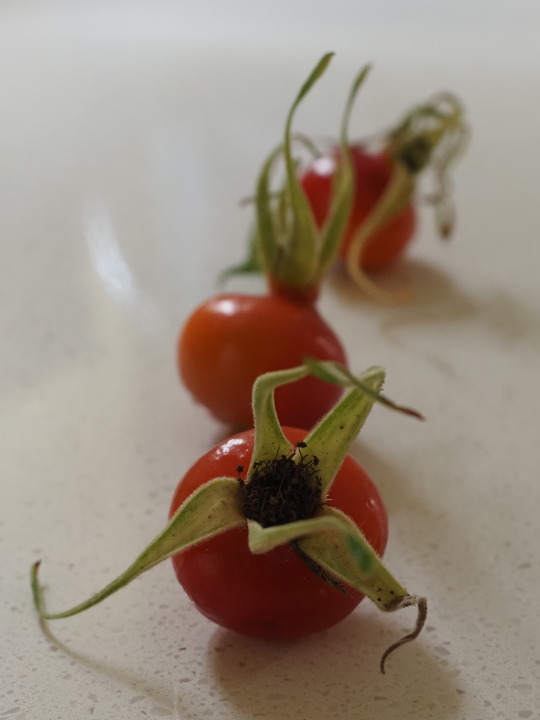


28.08.23
Bright red Rosa Rugosa rose hips in the garden!
3 notes
·
View notes
Text
Flower Charm - Beach Rose - Figured Magnolia

2x4 hardwood charm with brass ringlet and macrame hanger Beach Roses, or Rosa Rugosa, are the primary source of delicious edible rose hips. While all roses produce hips, those of the wild rambling beach rose are the most flavorful and fragrant. While roses in general have considerable mythology I wanted to celebrate the simple beauty and old world appearance of beach roses. Widely distributed it is one of the most prolific wild roses and is known to grow and stabilize beaches in cool and Mediterranean climates hence the common name. Obviously a symbol of love and affection the rose is also one of secrets and it was once grown over meeting areas in gardens and palace as anything said beneath the rose was to be kept in confidence. The wood from this charm is from a downed limb from our big saucer magnolia out back. It was aged and dried in my shop before being cut into blanks for these charms. What better wood to use for a flower charm than a tree that blooms? Non-toxic, hypoallergenic, Mineral Oil Finish Hand Stamped with artists makers mark View in Shop
0 notes
Text
Rose Hips Add a Splash of Color to the Garden in Fall and Winter
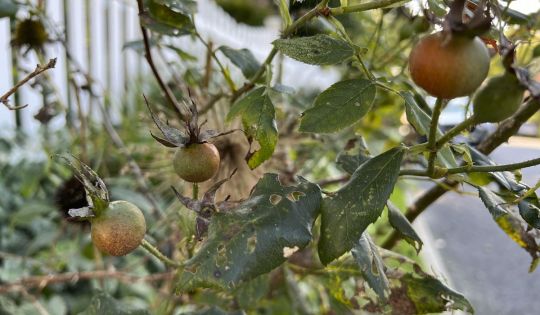
Rose Hips Add a Splash of Color to the Garden in Fall and Winter
Rose Hips Add a Splash of Color to the Garden in Fall and Winter:-The rose has lengthy been thought to be the “queen of flowers,” revered for its perfume and wonder. However much less lauded are the orange and pink hips, or seedpods, that type after the flowers fade. And that’s a disgrace.
In the event that they’re left on the plant, the rose hips will take heart stage in autumn and supply a gorgeous pop of coloration by way of the winter — or a minimum of till the birds get them.
Like each fruiting plant and tree, a rose’s blossoms will give method to fruit if left undisturbed. That fruit, the hip, comprises a seed.
Not all roses produce hips, nevertheless. Some trendy cultivars are sterile. For the most important, greatest or tastiest hips, hunt down rambling, shrub and wild, non-hybrid species roses. My favorites are the North American native Rosa Virginiana’s shiny, scarlet hips, Rosa glauca’s clusters of small, deep pink hips, and Rosa rugosa’s candy hips, that are so giant and spherical they remind me of cherry tomatoes.
To enhance and enhance the hips your roses produce, deal with vegetation to month-to-month purposes of a bloom-boosting fertilizer through the rising season. The extra roses the plant produces, the extra hips you’ll have.
Cease deadheading roses in August to permit the final flush of blooms to develop hips.
TEA AND JAM
Wealthy in vitamin C and excessive in antioxidants, calcium and magnesium, all rose hips are edible. Nonetheless, most are too tart to eat with out sweeteners, so they're used to make jams and jellies, syrups and tea-like drinks.
Solely hips from vegetation not handled with pesticides must be thought of for consumption.
To reap, wait till after the primary mild frost, which can sweeten their taste, then pull hips off the plant or clip them utilizing scissors or pruners. Depart behind any which might be dried up, shriveled or rotted.
To arrange hips for tea, take away petal remnants and different plant particles, then rinse properly in chilly water. Small hips will be dried complete, but when utilizing giant hips, like these of Rosa rugosa, slice them in half and take away the seed and prickly, bushy fibers from inside earlier than continuing (enjoyable truth: These prickly rose seed fibers are used as a frequent ingredient in itching powder, the novelty merchandise some may name the “king” of pranks).
Place cleaned hips in a meals dehydrator or in a single layer on a baking sheet in a 100-degree oven for a number of hours till brittle, then retailer in an air-tight glass jar in a cool, darkish place.
Then, everytime you’d like a steaming, nutritious beverage, add a heaping teaspoon of dried hips to a cup of boiling water and steep for 5-10 minutes. Sweeten to style.
To make jams and jellies, clear and take away seeds as above, no matter hip measurement, then simmer for quarter-hour. Pressure out the solids, and use the ensuing liquid in your favourite recipe.
If consuming or ingesting rose hips isn’t your, um, cup of tea, you may use them in seasonal decorations. Clip every hip (or cluster of hips) from vegetation with a number of inches of stem connected, then tuck them into autumn and winter wreaths or add to vases with or with out minimize flowers.
MAKING NEW ROSES
Planting roses from seed doesn’t at all times yield dependable outcomes, however for those who’d prefer to attempt, slice open the hips, take away seeds and completely rinse off any remaining pulp as a result of it might forestall germination.
Fold seeds right into a moist paper towel and seal in a zipper-top plastic bag, then refrigerate for 6-10 weeks (test the paper towel periodically and moisten calmly when it dries out).
After the chilling interval, sow seeds indoors, ¼-deep in shallow containers or seedling trays full of sterile seed-starting combine. Preserve the soil persistently calmly moist however not soggy.
It may take one to 4 months for seeds to sprout, and germination charges are low. Enhance your probabilities of success by tripling the variety of seeds you sow.
Transplant seedlings open air in spring, after the hazard of frost has handed – and hope for the very best.
—
Jessica Damiano writes the award-winning Weekly Filth E-newsletter and common gardening columns for The AP.
Get extra recipes and dinner concepts from The Washington Occasions meals part.
Read the full article
0 notes
Photo

Rose Hip Freezer Jam
Since the rose hips in this jam aren't cooked, the jam is fresh and sweet and still has a vibrant rosy-orange hue. Use pesticide-free rugosa rose hips that are either wild or grown. 2 cups sugar, 1 package powdered fruit pectin, 3/4 cup water, 3 tablespoons lemon juice, 1 cup trimmed and seeded rose hips
0 notes